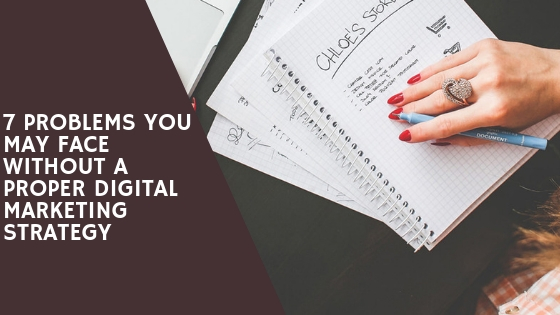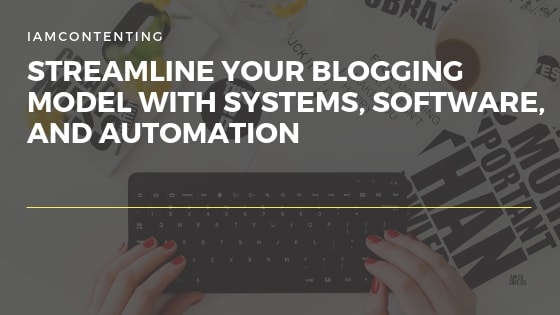
What is the significance of brand monitoring?
If you’re a monk or Tilda Swinton, you may have reached a state of enlightenment where you don’t give a damn what other people think of you. However, for most brands, public perception and reputation are important.
Table of Contents
Maintain your good name
Brand monitoring keeps you informed and ready to pounce on issues (or enhance praise!) as they arise. After all, if someone compliments you on Twitter and you don’t notice, did it really happen?
You can react quickly by keeping an eye on the conversation. Take a page from the official Duolingo account, which hurriedly responded to a history joke in a caustic, historically incorrect manner.
Know your customers
You want to know not just if people are talking about you, but how they are talking about you. You can use brand monitoring to get a sense of how customers are feeling and gauge social sentiment.
While you can’t send a note that reads “If you like me, circle one, yes/no/maybe,” this could be the next best thing.
Keep an eye out for unexpected dips or peaks in your sentiment analysis and figure out what caused them. If something you’ve posted has caused a sharp drop in brand sentiment, you may be dealing with a PR problem, in which case our guide to managing a social media disaster is a good place to start.
Get to connect with your customers
Monitoring is an important part of your social customer care strategy. When you monitor your brand, you’re looking for more than just tagged social mentions. You should also be aware of any off-the-cuff remarks and answer, as Vitamix does.
On your Hootsuite dashboard, create a search stream for your brand name or hashtags so you don’t miss a single conversation about yourself.
Obtain new content
Has someone written a blog post or shared an Instagram Story about how they wish they could marry your brand?
If the answer is yes, you now have new content to publish on your stream. All you had to do was keep an eye on things and wait.
Observe your rivals
Don’t simply mind your own business; also mind the business of others! A aspect of holistic brand monitoring is looking at your competitors to see what they’re doing properly and badly. This information can be used to conduct a competitive analysis.
You can learn from their achievements or successes as well. Keep your friends close and your competition on your Hootsuite dashboard, as the old adage goes.
What should you pay attention to?
You’ve kept a close check on all of the major media outlets, including print and digital magazines, social media platforms, broadcast media, online forums, and review sites.
Mentions of your products and brand
Direct references and tags of your brand name or items are the most obvious and vital part to keep an eye on. Are people mentioning you? What do they have to say? Did they say anything about you? The same is true for your competitors—pay attention to the types of conversations that are occurring around businesses similar to yours.
Keywords to remember
Keep an eye out for postings or content that include your brand name (along with variations or misspellings!) in places other than a direct tag. This search list can also include hashtags or marketing phrases.
Collaborations between influencers and creators
If your company collaborates with creators in any manner, you’ll want to keep an eye on them, too. When you align yourself with an individual, you’re supporting what they do and say both online and offline, so you’ll want to make sure that creators are positively representing your brand. Many celebrities have lost brand deals as a result of media attention (for example, many brands rethought deals with Travis Scott after the Astroworld tragedy in 2021).
Inbound links
To track inbound links, look at your website’s analytics. These may take you to a reference on the internet that you were unaware of.





